Termite Management: Protect Your Home from Silent Invaders
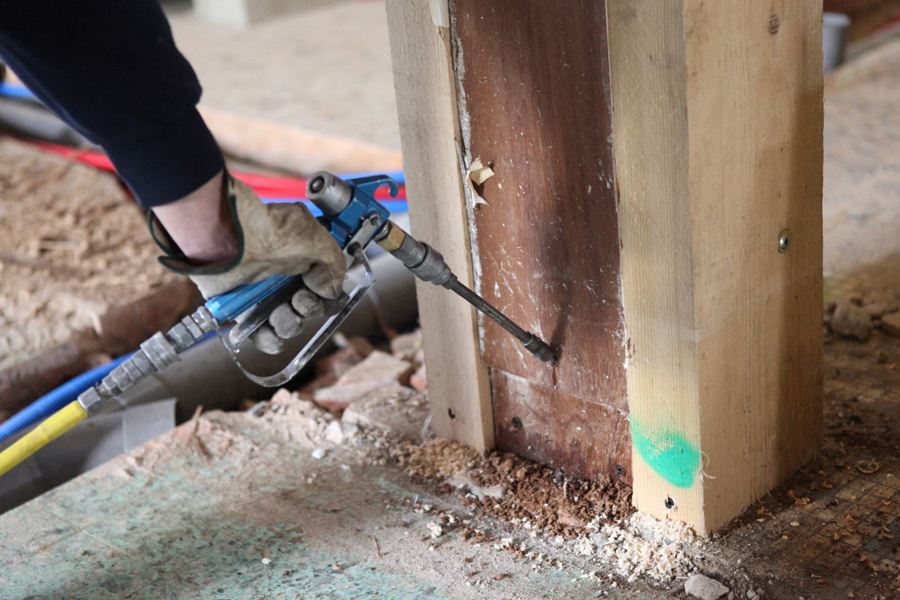
Termites, “silent destroyers,” are dangerous to homes and other structures worldwide. These pests feed on wood to survive and cause billions of dollars in property damage annually. Termite control is crucial for homeowners who want to protect their investments and ensure their properties are structurally sound. In this comprehensive guide, we explore the threats of termites, different methods for termite management, and ways homeowners can protect themselves from these destructive pests.
Understanding Termites
Termites are social insects that feed on cellulose materials, primarily wood. In forests and other natural environments, they play an important role in degrading dead plant material. However, termites that invade homes or structures, including wooden beams, can cause extensive structural damage.
Typically, dwellings are infested by three different varieties of termites.
-
Subterranean Termites:
Subterranean (or underground) termites live underground. They use mud tubes to reach above-ground sources of food. These termites can be the most destructive and cause extensive damage to homes and buildings.
-
Drywood Termites:
Drywood termites infest homes without soil contact. They establish colonies within wood structures and can remain undetected over long periods.
-
Dampwood-Termites:
They are found in damp and decaying wood. This includes logs or stumps as well as fallen trees. While they’re less common at home, they still can cause damage if they infest wooden structures.
Termite Management Can Be Difficult For Several Reasons:
-
Hidden Infestations:
Termites may be hidden in walls, crawlspaces, attics, and wall voids.
-
Subterranean Activity:
Subterranean Termites create mud tubes for accessing above-ground food resources, making their entry into houses difficult.
-
Colony size:
Termite colonies contain hundreds or even millions of termites each, making the eradication process more complex.
-
Continuous Feeding:
Termites eat wood continuously, causing gradual destruction over time. Signs of infestation may not be visible until significant damage has already been caused.
Methods for Termite Prevention:
Several options are available to control and prevent a termite problem.
-
Chemical Treatments:
Chemical treatment involves applying liquid pesticides or bait systems to the soil around your home. These treatments form a barrier that prevents termites from entering the structure or kills those that do.
-
Physical Barriers:
Termites cannot enter a home through physical barriers. These include metal screens, sand-blocked walls, and materials resistant to termites.
-
Heat Treatments:
Heat treatments raise the temperature of an infestation until it is too hot for termites. This method can kill termites and their eggs without the use of chemicals.
-
Biological Controls:
Biological control involves using natural predators or parasites to attack termites. While less common in residential settings than other methods, biological control may be effective for certain situations.
-
Integrated Pest Management (IPM):
IPM combines a range of pest control methods, including physical barriers, chemical treatments, and monitoring, to develop a plan of comprehensive termite protection tailored to specific home needs.
Key to Protecting Against Termite Invasions Is Prevention
By taking these simple steps, you can reduce the risk that termites will damage your home.
-
Keep Wood Away From Your Home:
Store wood materials far away, including firewood and lumber, to minimize the risk of termites entering.
-
Minimize Moisture:
Repair leaking pipes, faucets, and drains to eliminate the sources of excess water that attract termites. Proper drainage is essential to prevent water pools near the home’s foundation.
-
Seal Cracks and Openings:
Seal the cracks and gaps around the foundation walls, roof, and any openings to prevent termites from entering.
-
Maintain Landscaping:
Trim trees, shrubs, and bushes to keep them away from the house. This reduces moisture and creates a barrier to termites.
-
Schedule Regular Inspections:
Have a pest-control professional inspect your home every year to identify early signs of termite infestation. Then, take the necessary measures.
Conclusion:
Termite protection is vital for homeowners in order to protect them from the destructive effects of termite damage. By understanding termites’ challenges, the various ways of controlling termites, and how best to protect homes from infestations, homeowners can take proactive actions to prevent termite damage and ensure long-term structural integrity.
Leave a Reply
You must be logged in to post a comment.









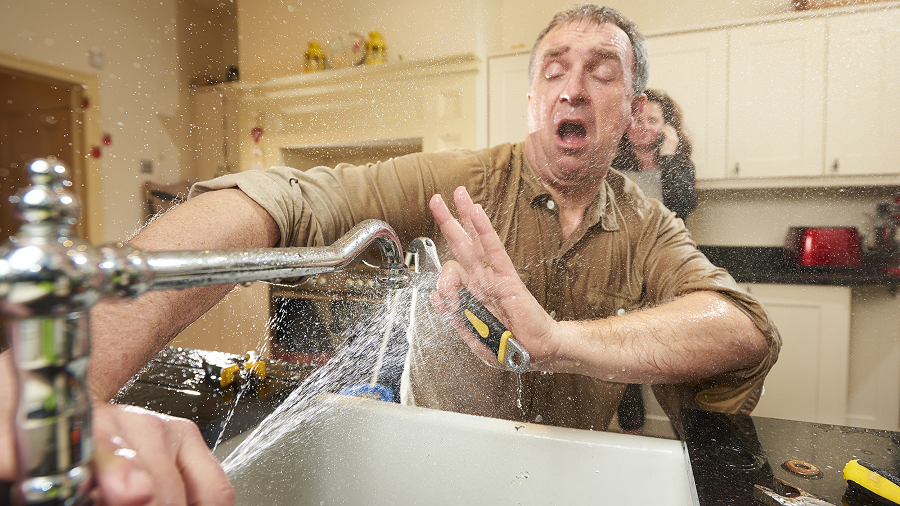

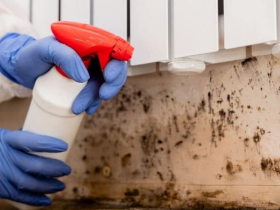

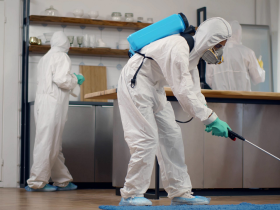
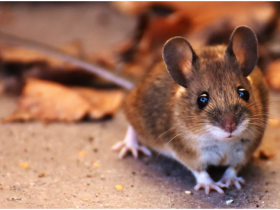
Leave a Reply